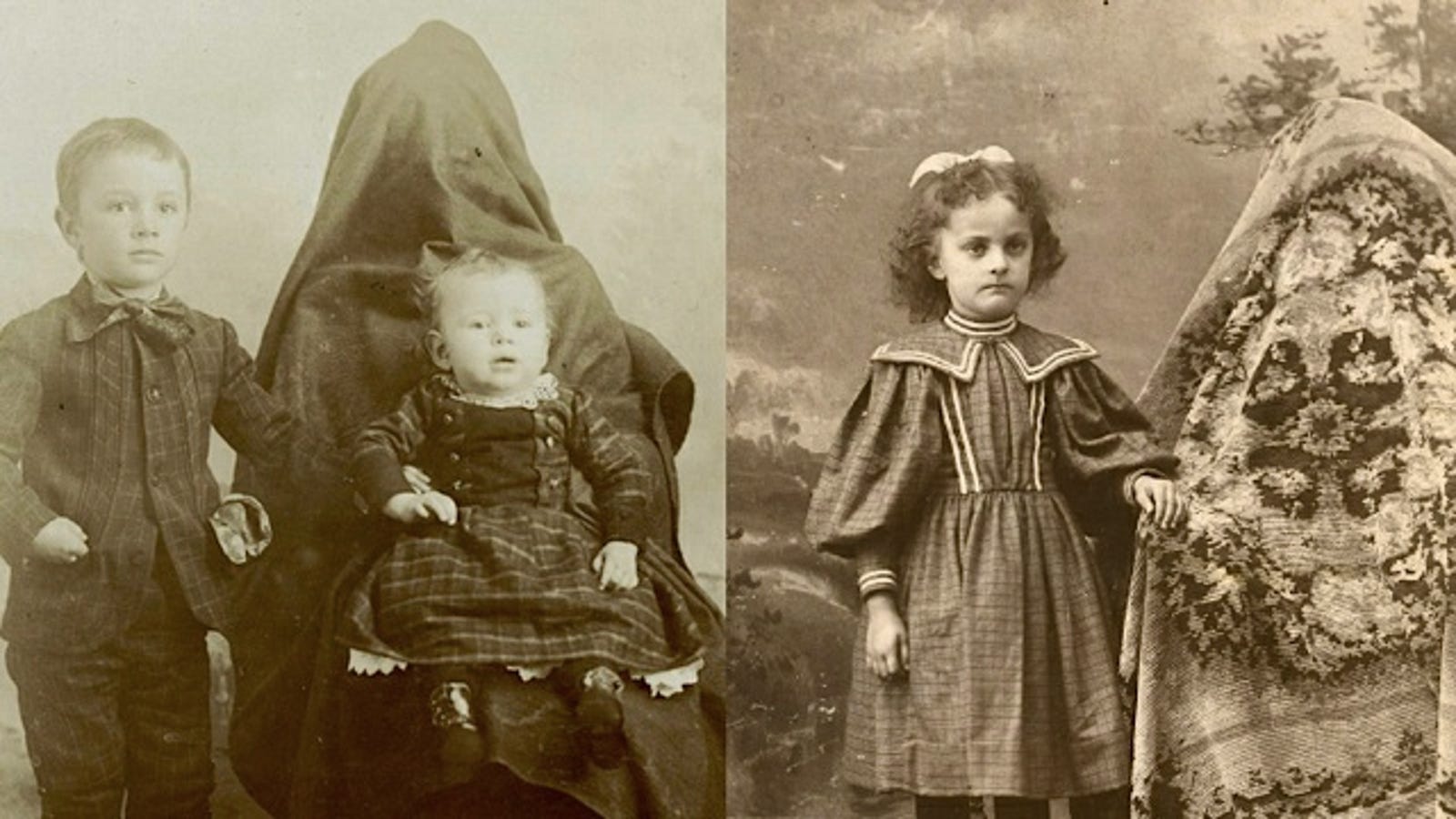About 43 of people born prior to 1800 died before the age of 5

About 43% of people born prior to 1800 died before the age of 5.

Child mortality has been a harsh reality throughout human history. The statistics are staggering, and it is a heartbreaking fact that before the year 1800, around 43% of people born did not live beyond their fifth birthday. This is a tragic reflection of the hardships and challenges faced by families and communities during those times.
The high child mortality rate before 1800 highlights the absence of modern medical advances and public health systems that we enjoy today. It also sheds light on the difficulties people faced in providing adequate care and resources to protect the lives of their children. Factors such as limited access to clean water, inadequate sanitation, and a lack of understanding about infectious diseases all contributed to the alarming number of childhood deaths.

During this time, children faced numerous perils that threatened their lives from the moment they were born. Infant mortality was particularly high due to complications during childbirth, infections, and nutritional deficiencies. Diseases like smallpox, measles, cholera, and typhoid fever spread easily among communities, making children especially vulnerable.
It is important to note that child mortality rates varied significantly across different regions and social classes. Factors such as access to proper nutrition, quality healthcare, and overall living conditions played a crucial role in determining the survival rates of children. In many cases, poverty and inequality worsened the situation, with marginalized communities suffering the most.
Child mortality has significantly improved over the past two centuries, thanks to advancements in healthcare, improved living conditions, and enhanced public health measures. Vaccinations, antibiotics, and better hygiene practices have saved countless lives and reduced the number of children dying at a young age. However, it is a stark reminder of the progress we have made and the immense challenges that existed in the past.
Sources:
Related Posts
Quick Links
Legal Stuff

